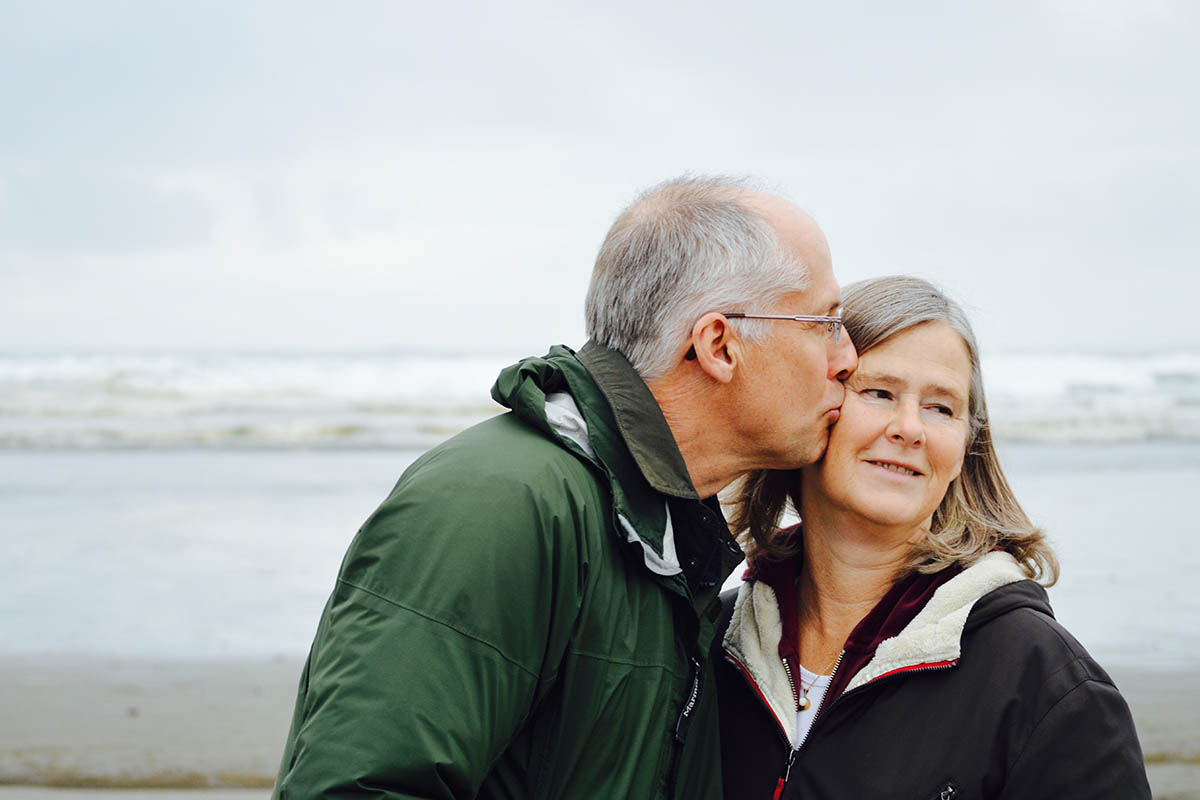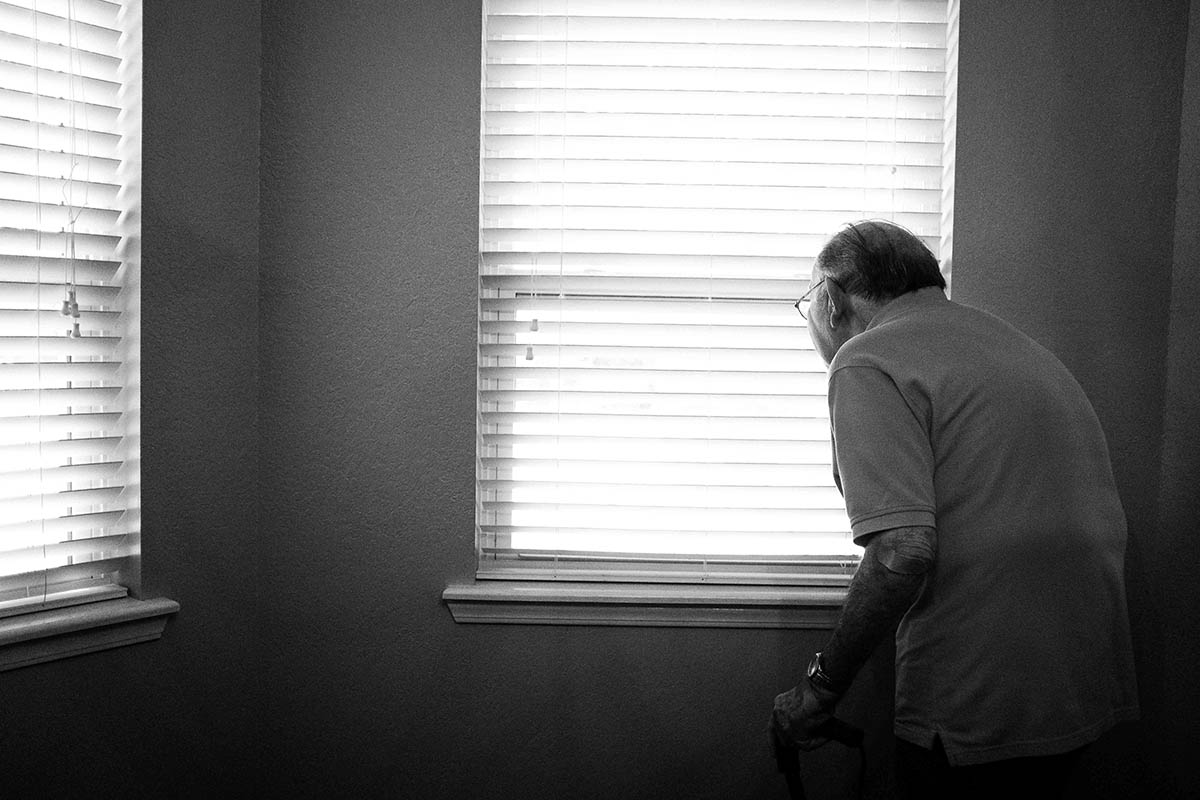The Real Risk No One Talks About: Why Falls Are a Serious Threat for Older Adults
Key Points
Falls are more common than most people realize — especially inside the home.
Even one fall can have long-lasting physical and emotional consequences.
Most falls in older adults are preventable with the right care, environment, and awareness.
As our loved ones age, we expect some changes — slower movement, fading vision, or a bit of forgetfulness.
But there’s one thing most people don’t talk about enough: the real danger of falling.
It’s not dramatic. It doesn’t make headlines. But the numbers are hard to ignore — and the impact is often life-changing.
According to data, 1 in 3 adults over 65 falls at least once a year.
That’s not a rare slip — that’s millions of incidents, many of them serious.
✅And here’s what’s even more worrying: these falls don’t just happen outdoors or on a poorly maintained sidewalk.
Many happen in the one place that’s supposed to feel safest — at home.
Why It’s More Than “Just a Fall”
We tend to downplay falls — especially if there’s no visible injury. But for older adults, even one fall can lead to:
A fractured hip or broken bones;
Hospital stays and long recoveries;
A sudden drop in confidence and independence.
In fact, research shows that falls are the leading cause of death due to injury in people over 75, and that number has only been rising over the last ten years.
And it’s not just about physical injuries — falling also creates fear. A major survey by Age UK found that falling is the #1 concern for 36% of older adults — that’s around 4.3 million people in the UK alone.
The Most Heartbreaking Part? Many Falls Are Preventable
What makes this issue harder to accept is that so many of these falls could be avoided.
It’s often not about dramatic accidents. It’s small things:
Poor lighting in the hallway;
Rugs that shift underfoot;
Stairs without railings;
Medications that affect balance.
The truth is, small changes in the home — and paying closer attention to warning signs — can make a huge difference.
More Bad News
The shocking statistics don’t end there.
In the over 80s, 50% fall at least once a year.
With more and more elderly people looking to retain their independence for as long as possible it is easy to see the correlation between the increase in the number of falls and the decrease in those individuals who want to live in a residential or care home.
Fortunately, there is a solution.
So, What Can Be Done?
For many older adults who live alone, the fear of falling is always there.
It’s not just a worry — it’s something that shapes how they move, what they do, and even how safe they feel in their own home.
The good news? There is a solution — and it doesn’t mean giving up independence.
Live-in care is becoming a powerful alternative to traditional care homes. Instead of moving into a facility, a professional carer moves into the person’s home and provides one-on-one support, based on their needs and routine.
This model is already working well in the UK — and recent research backs it up. A study by The Live-in Care Hub (alongside the University of Kent and the London School of Economics) found that older people receiving live-in care are safer, healthier, and more independent than those in residential care.
Here’s why it works:
A live-in carer helps prevent falls by removing risks before they become accidents — things like loose rugs, poor lighting, or uneven steps.
They can encourage movement and daily routines, which keeps mobility up and confidence strong.
Most importantly, they offer personalised support without disrupting the comfort of being at home.
In short, live-in care lets people stay in the place they love most — their home — while still staying safe and cared for.
It’s not just a care option — it’s peace of mind for families, and dignity for those who want to keep living life on their own terms.
The Live-In Care Hub’s Better At Home Report is available to view or download from www.liveincarehub.co.uk




















